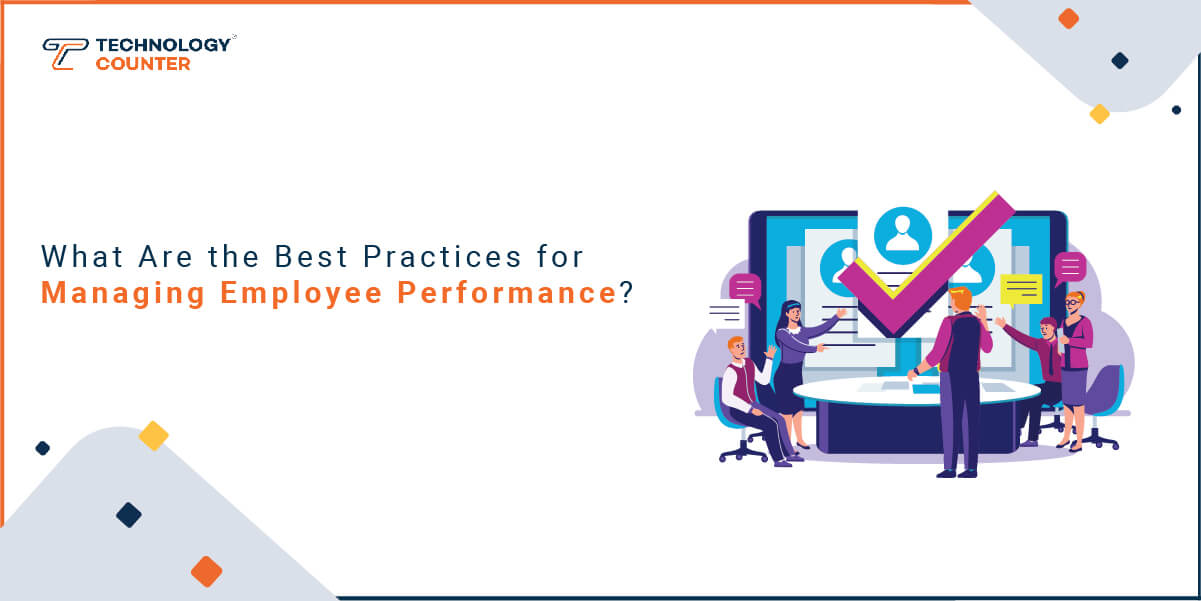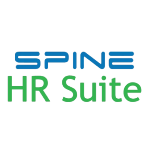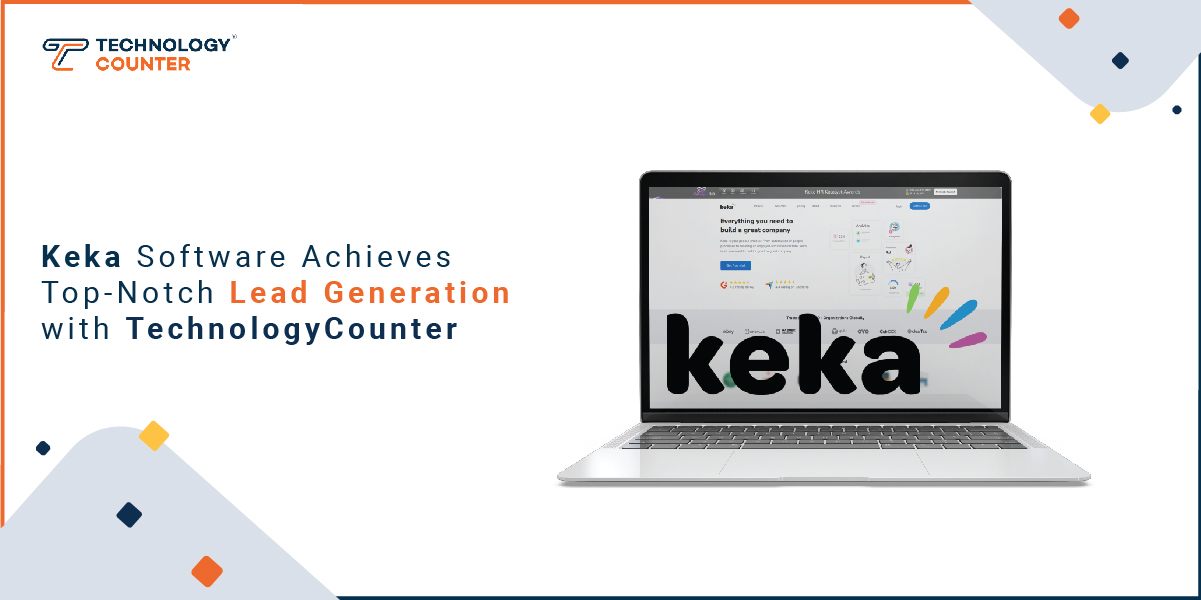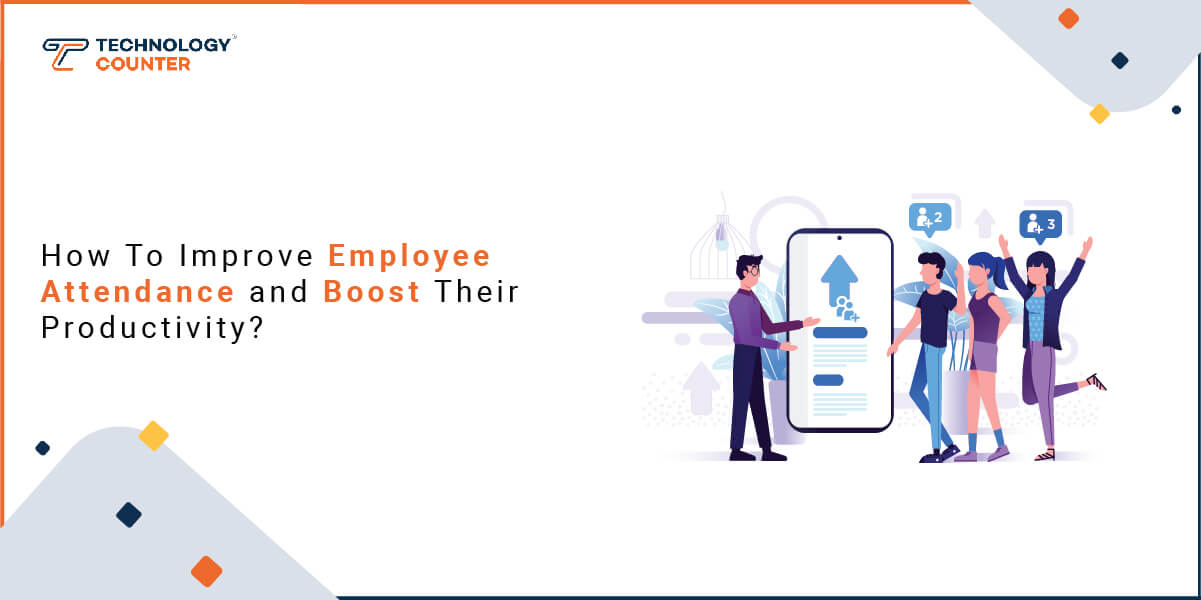In today's fast-paced workplace landscape, achieving peak performance from your team isn't just a goal it's a strategic imperative. Whether you're an HR professional, a dedicated manager, or an ambitious business owner, mastering the art of employee performance management is pivotal.
This blog dives deep into proven strategies that empower you to set clear goals, provide meaningful feedback, and cultivate a culture of continuous improvement. Join us as we uncover the essential practices that drive productivity and foster a workplace where every individual can thrive.
Let's elevate your approach to performance management and unlock the full potential of your team.
Best Practices for Managing Employee Performance
- Understanding Employee Performance Management
- Setting Clear Expectations and Goals
- Regular Feedback and Performance Reviews
- Employee Development and Training
- Recognition and Rewards
- Handling Poor Performance
- Leveraging Technology for Performance Management
- Measuring and Analyzing Performance
- Creating a Positive Work Environment
1. Understanding Employee Performance Management
Employee performance management encompasses the processes and systems designed to align individual goals with organizational objectives.
It involves continuous communication, feedback, and development to enhance employee productivity and engagement.
Historically, performance management has evolved from traditional annual reviews to more dynamic, ongoing processes that adapt to the modern workforce's needs.
Understanding this evolution is crucial as it highlights the shift towards real-time feedback and personalized development plans, fostering a culture of growth and accountability.
2. Setting Clear Expectations and Goals
Setting clear expectations and goals provides employees with a roadmap for success and aligns their efforts with organizational priorities.
This aspect is crucial because it establishes clarity on job roles, responsibilities, and performance criteria.
Clear goals, ideally SMART (Specific, Measurable, Achievable, Relevant, Time-bound), help employees understand what is expected of them and motivate them to achieve tangible outcomes.
Historical context shows that effective goal-setting has been linked to higher job satisfaction and performance, emphasizing its role in driving organizational success.
You can learn more about performance management by reading our comprehensive guide on Performance Management system.
3. Regular Feedback and Performance Reviews
Regular feedback and performance reviews are essential for fostering continuous improvement and employee development.
By providing constructive feedback, managers can reinforce positive behaviors, address areas needing improvement, and align employee efforts with organizational goals.
This practice is crucial as it promotes transparency, builds trust, and enhances communication between employees and management.
Historically, feedback mechanisms have evolved from annual reviews to more frequent, informal check-ins, reflecting a shift towards ongoing performance dialogue and agility in response to changing business dynamics.
4. Employee Development and Training
Investing in employee development and training is critical for nurturing talent and maintaining a competitive edge. This aspect is crucial as it supports skill enhancement, career progression, and employee retention.
Historical context underscores the evolution from traditional training programs to personalized development plans that cater to individual learning styles and career aspirations.
Providing opportunities for growth not only improves job satisfaction but also equips employees with the skills needed to adapt to industry trends and technological advancements.
5. Recognition and Rewards
Recognition and rewards acknowledge employees' contributions and motivate them to perform at their best. This aspect is crucial as it reinforces desired behaviors, boosts morale, and cultivates a positive work culture.
Historical perspectives highlight the shift from monetary incentives to a more holistic approach that includes verbal praise, career advancement opportunities, and meaningful perks.
Effective recognition programs align rewards with performance outcomes, fostering a sense of appreciation and loyalty among employees.
6. Handling Poor Performance
Effectively addressing poor performance is essential for maintaining team productivity and morale. This aspect is crucial as it involves identifying root causes, providing support, and implementing corrective measures when necessary.
Historical insights emphasize the evolution from punitive measures to a more supportive, coaching-based approach aimed at employee development and performance improvement.
Handling poor performance sensitively and transparently demonstrates organizational commitment to employee success while ensuring fairness and compliance with legal standards.
Also read: Major Functions of a HR Manager
7. Leveraging Technology for Performance Management
Technology plays a pivotal role in modern performance management by enabling data-driven insights, real-time feedback, and streamlined processes.
This aspect is crucial as it enhances efficiency, transparency, and decision-making accuracy. Historical context reveals a shift from manual record-keeping to sophisticated performance management systems and analytics tools.
Leveraging technology empowers organizations to track performance metrics, identify trends, and proactively address challenges, thereby optimizing workforce productivity and organizational performance.
8. Measuring and Analyzing Performance
Measuring and analyzing performance metrics provides valuable insights into individual and organizational effectiveness.This aspect is crucial as it facilitates informed decision-making, identifies strengths and areas for improvement, and supports strategic planning.
Historical perspectives underscore the evolution from subjective assessments to objective, data-driven evaluations that align with business goals.
Implementing robust measurement frameworks and analytics tools enables organizations to quantify performance outcomes, benchmark progress, and continuously refine performance management strategies.
9. Creating a Positive Work Environment
Fostering a positive work environment is foundational to effective performance management and organizational success. This aspect is crucial as it influences employee engagement, satisfaction, and retention.
Historical insights demonstrate a growing emphasis on workplace culture, well-being initiatives, and work-life balance as integral components of a positive work environment.
Cultivating a supportive culture where employees feel valued, respected, and motivated promotes collaboration, innovation, and sustainable growth.
Conclusion:
In exploring these best practices, we've equipped you with powerful tools to enhance employee performance and foster organizational growth. By setting clear goals, providing regular feedback, and cultivating a supportive work environment, you empower your team to excel.
Embrace these strategies to build a culture of excellence, drive innovation, and achieve lasting success. Together, let's elevate performance management and unlock the full potential of your workforce.
FAQs
Q 1: Why is setting clear expectations and goals crucial for managing employee performance?
A: This question addresses the importance of clarity in roles and goals to align individual efforts with organizational objectives, fostering accountability and motivation.
Q 2: How can regular feedback improve employee performance and engagement?
A: Exploring the impact of ongoing feedback on employee growth and morale, emphasizing its role in continuous improvement and strengthening manager-employee relationships.
Q 4: How should managers handle poor performance effectively and sensitively?
A: Addressing the challenges of managing underperformance, focusing on supportive approaches that promote employee development while ensuring fairness and compliance.
Q 5: What role does technology play in modern performance management practices?
A: Discussing the integration of performance management software and tools, and exploring their benefits in data-driven decision-making, real-time feedback, and performance analytics.











Post your comment